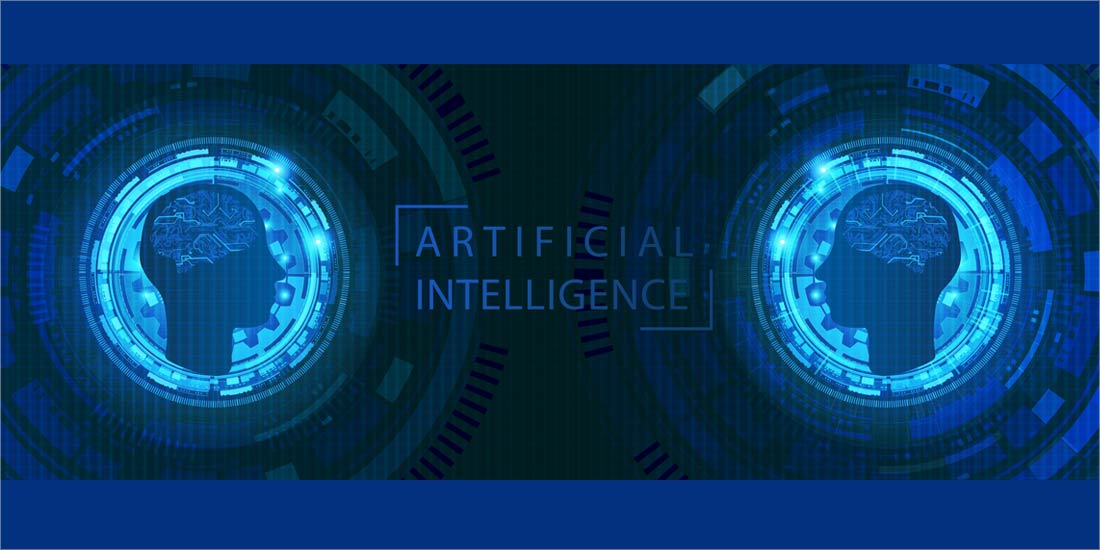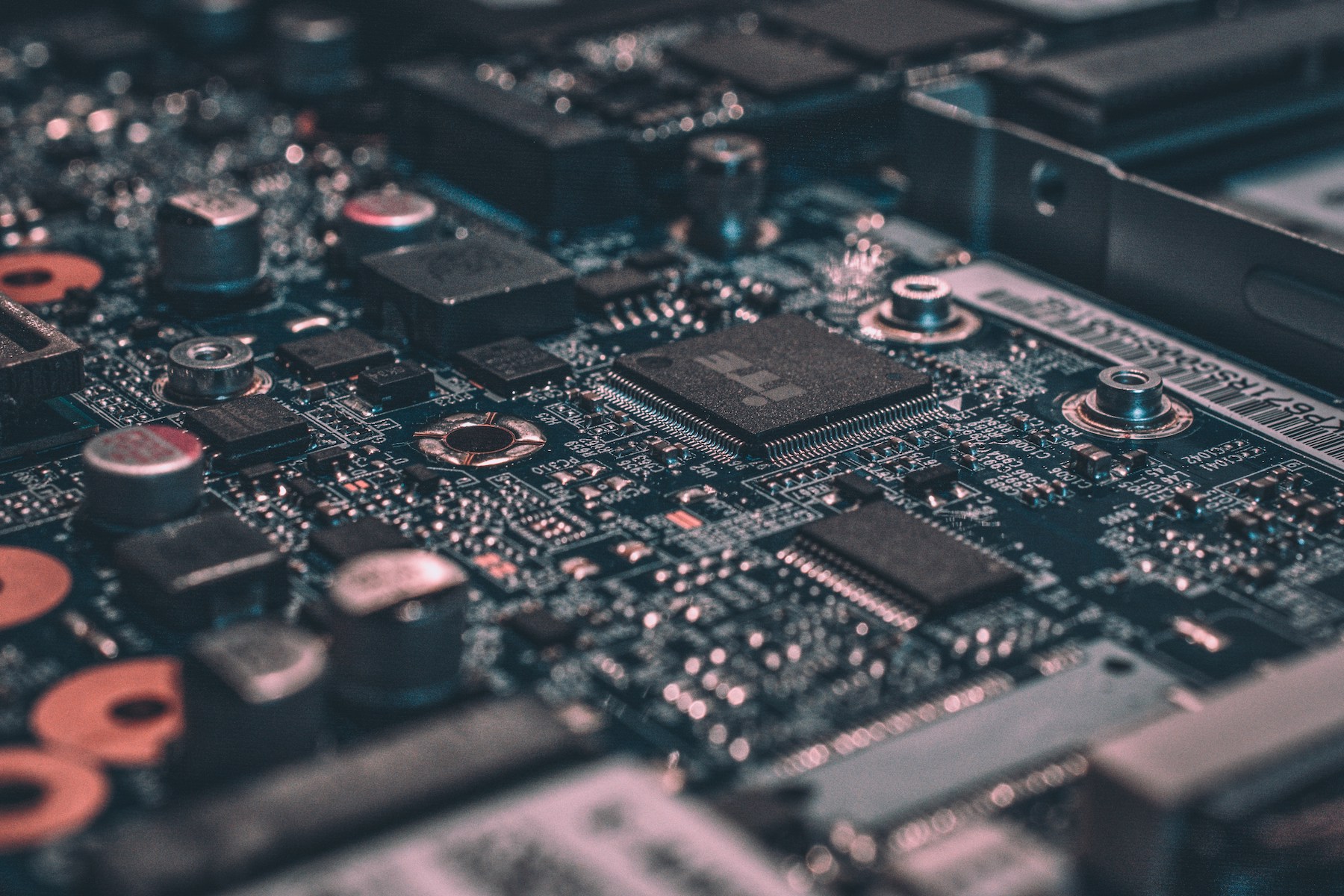In the relentless pursuit of technological advancement, the computing industry stands at a crossroads. The traditional architecture that has long underpinned data storage and computation is reaching its limits, both in terms of physical scalability and environmental sustainability. In fact, physical constraints exist on transistor miniaturization as quantum tunneling effects at scales smaller than 5nm, while data centers currently consume up to 3% of global electricity – an unsustainable energy demand.
Molecular computing, especially DNA computing, is not just a theoretical exercise but a practical solution to the challenges we face. The energy-efficient nature of biomolecules and the ability of DNA to store vast amounts of information in a minuscule space are unparalleled. Imagine the Library of Congress fitting into a sugar cube—that’s the promise of DNA data storage.
In numbers, one gram of dried DNA can store 455 exabytes of data, a staggering figure when compared to the best modern hard drives, managing only about one terabyte per square inch. Additionally, DNA synthesis for storage purposes is reaching commercial viability, with costs plummeting by 10,000-fold over the past decade and synthesis speeds increasing exponentially.
But it’s not just about storage density. The processing capabilities of molecular systems offer a new paradigm for computation. Logical operations, traditionally performed by silicon-based logic gates, can now be executed through molecular interactions. This shift is not merely incremental; it’s a leap toward a future where computing is more integrated with the natural world.
Molecular computing harnesses the natural propensity of molecules to form complex, stable structures, allowing for parallel processing – an important advantage that enables computational tasks to be performed simultaneously, a feat that current supercomputers can only dream of. Enzymes like polymerases can simultaneously replicate millions of DNA strands, each acting as a separate computing pathway. This capability translates to potential parallel processing operations in the order of 1015, dwarfing the 1010 operations per second of the fastest supercomputers.
Energy efficiency is another game-changer. The energy profile of molecular computing is notably low. DNA replication in a test tube requires minimal energy, estimated at less than a millionth of a joule per operation, compared to the approximately 10-4 joules consumed by a typical transistor operation. This translates to a potential reduction in energy consumption by a factor of 105 or more, depending on the operation. To prove our point, training models like GPT-4 require tens of millions of kilowatt-hours; molecular computing could achieve similar results in a fraction of the time and with exponentially less energy.
Consider the implications for AI training models. Our current infrastructure, reliant on thousands of GPUs, could be streamlined into a single server utilizing molecular computing, significantly decreasing the carbon footprint associated with data storage and processing. Transitioning to DNA storage could reduce the environmental cost of maintaining large-scale data centers, which currently contribute substantially to global CO2 emissions. The environmental impact alone warrants serious consideration of this technology.
However, no solution is without its challenges. Regarding the nascent nature of molecular computing, advances in error correction algorithms and molecular encoding schemes are mitigating issues like high error rates and latency in data retrieval. Nanopore sequencing technology, for example, has improved retrieval times from hours to minutes. However, the potential benefits far outweigh these initial obstacles.
All in all, comparing molecular computing to electronic computing reveals stark contrasts. Despite slower data retrieval times, the former offers a 10-million-fold increase in storage density and at least a 10,000-fold decrease in energy consumption. In AI development, this means that training models like GPT-4, which may consume tens of millions of kilowatt-hours on electronic systems, could potentially be trained with a fraction of the energy on a molecular system.
As we stand on the brink of this computing revolution, it is imperative to foster a dialogue about the future of our digital infrastructure. Molecular computing offers a path that is not only innovative but also harmonious with our environmental responsibilities. It’s time to embrace the molecular future.
About the Author
Erfane Arwani is the founder and CEO of Biomemory. He is a pioneer in molecular computing, focusing on the intersection of biotechnology and sustainable data management. With a rich background in deep tech and computer systems, Erfane champions the convergence of high-tech innovation with ecological consciousness.
Sign up for the free insideBIGDATA newsletter.
Join us on Twitter: https://twitter.com/InsideBigData1
Join us on LinkedIn: https://www.linkedin.com/company/insidebigdata/
Join us on Facebook: https://www.facebook.com/insideBIGDATANOW



